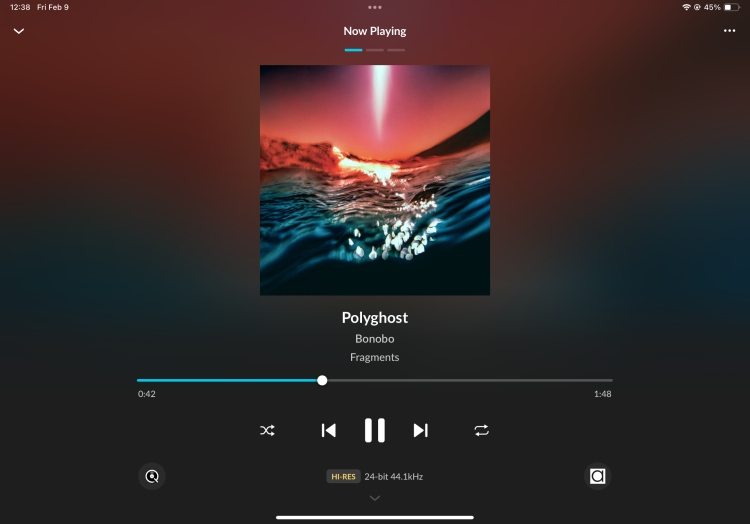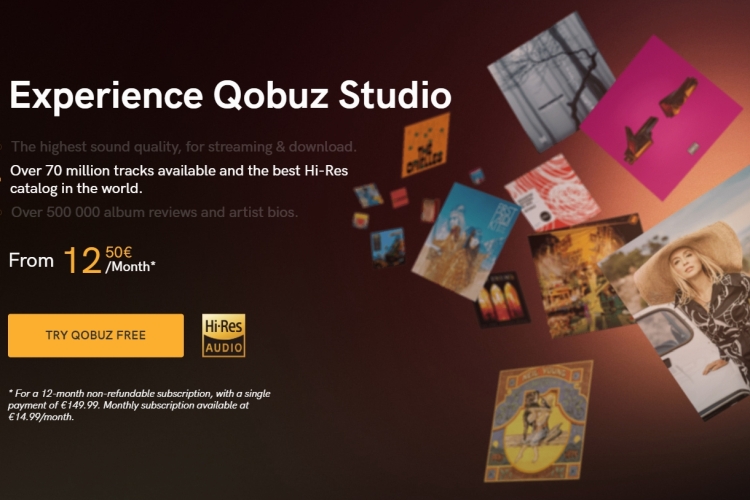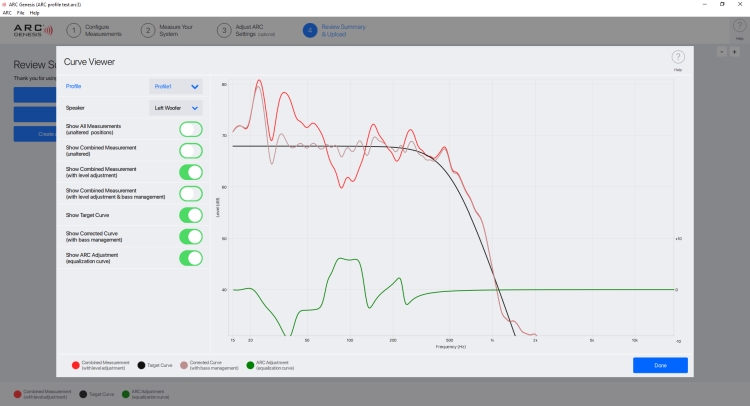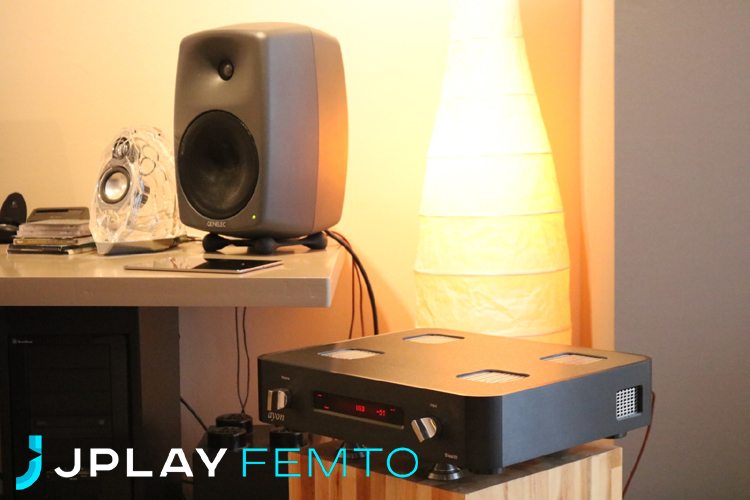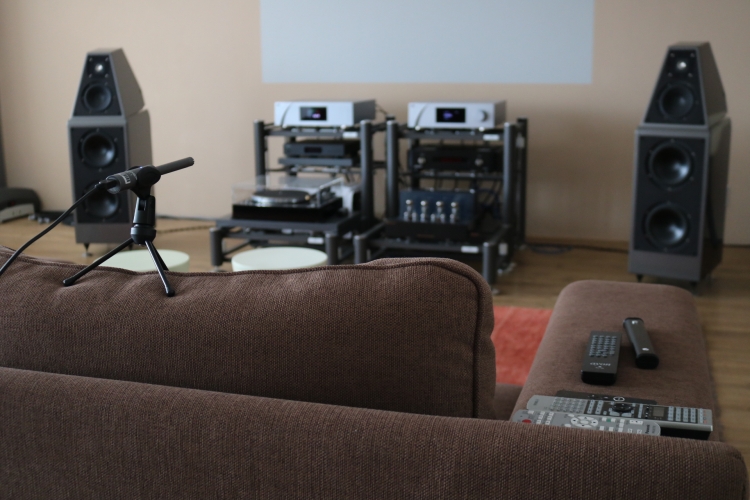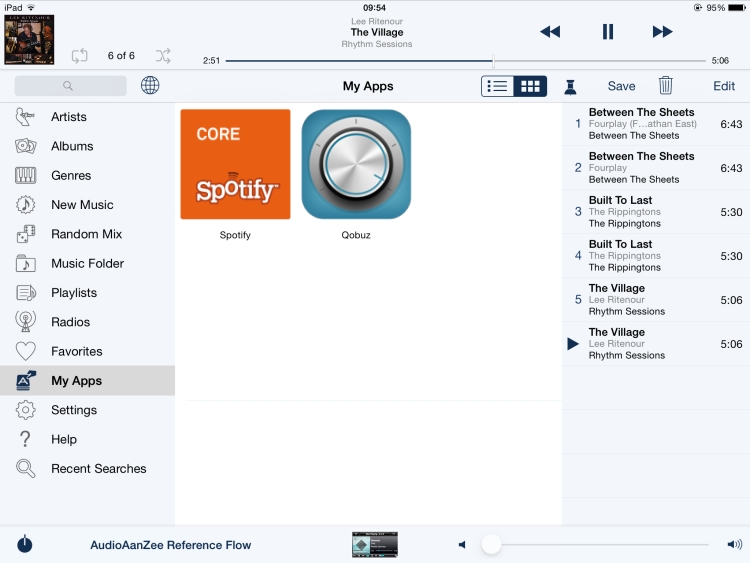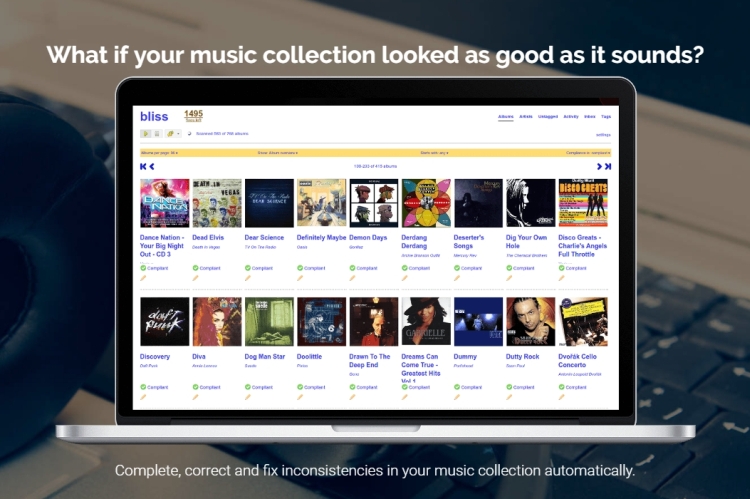ROON – The new standard in Music Server, Browser and Player software
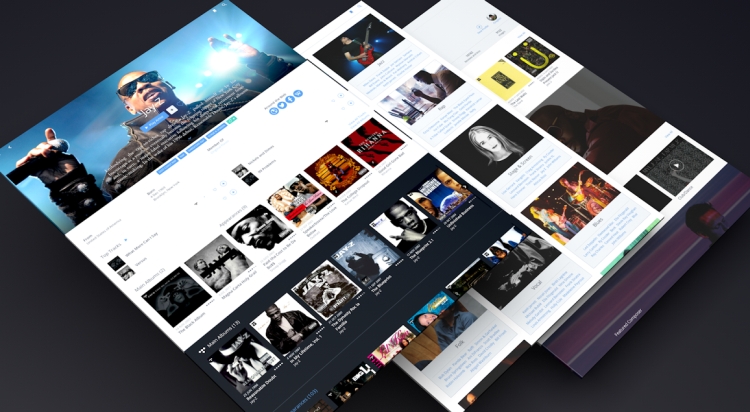
Roon Sound via Meridian MS200
Audio Quality – Meridian MS200 endpoint
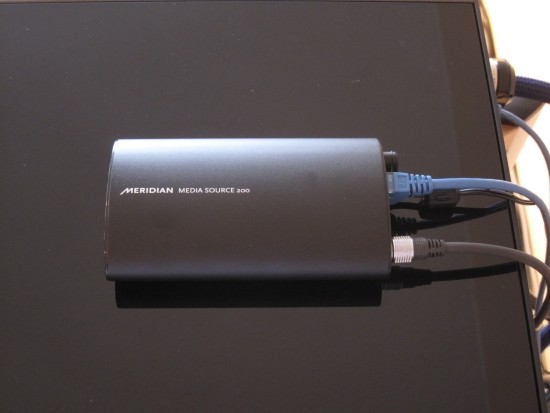
Dutch distributor Viertron kindly loaned me a Meridian MS200 to test the Roon network streaming functionality. I have tested this little beauty before, see this extensive review. Just like when using the MS200 with Sooloos Cores, with Roon the connectivity is every bit as fool-proof and child’s play: connect the MS200 to the local network, and it will pop up in Roon’s audio settings immediately. You then have the option to name the zone, or just select it and start playing right away.
Playing to a network endpoint such as the MS200 reduces response times ever so slightly compared to using the computer’s USB output, but it’s still plenty fast. Importantly, this worked flawlessly: not once did I experience a hickup or any connectivity problems, not even when disconnecting the unit and reconnecting in another room. Each and every time the MS200 was discovered instantly by Roon.
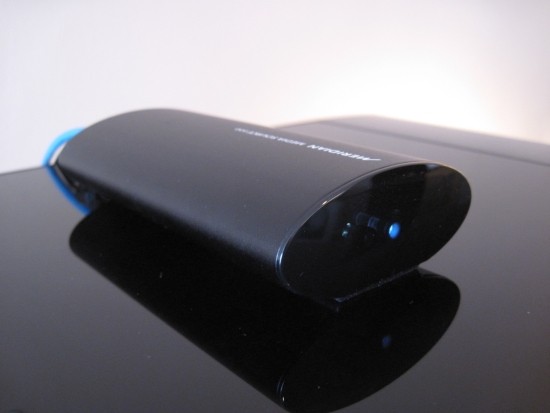
For this review, I assessed the sound in my new second music room (which was made possible by removing the big computer desk), in which I try to use less than esoteric equipment, while still aiming for the best possible sound balance.
Contrary to my main setup, this room uses standard powercables, standard interlinks and standard speaker cables, and even the equipment is standard, apart from the refurbished Apogee Duetta Signature magnetostatic speakers. The funny thing is that the resulting sound is still very, very good, but just presented differently: smaller in scale but arguably more accurate and direct, and less richly layered, colorful, and romantic as the main system. The beauty is that I enjoy the sound of both systems.
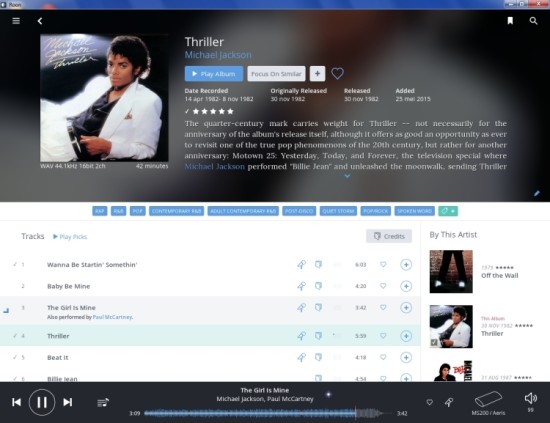
The MS200 offers queue control from a compatible IR remote control, such as the MSR+. Alas, I did not have one at hand but recall from the earlier Sooloos tests that this worked indeed, and I understand that the Roon Now Playing Queue can be controlled likewise. Endpoints from other brands will come, but for now, this makes the MS200 the natural partner for Roon when a decent DAC is already at hand. If not, an MS600 will be the better choice, even if it doesn’t offer Queue control.
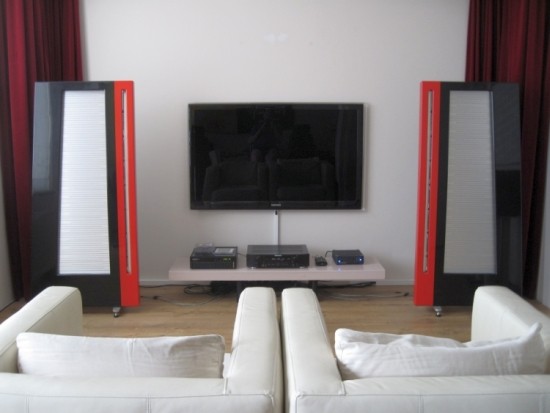
Above: The all-new Listening Room 2
With Roon running on the main Windows PC, I used the MS200 in 88.2kHz mode, as I know from previous experience that this sounds better. Connected via Toslink to the humble-but-musical Marantz NR1501 amp, the MS200 sounds nicely upbeat, transparent and refined, with very good definition and focus. In this setup, I don’t notice the Toslink-typical softness, and even if the sound is precise, it is definitely not clinical or forced in any way, quite the contrary: the sound flows from the speakers, and is just as fluid as the sound from the Meridian 506.24 CD player that was used for comparisons.
The CD player still sounds more rounded and a little fuller, but that’s typical for most CD players, and while I generally enjoy a little extra smoothness, this is not a sign of absolute quality, and in the case of the 506 is delivered along with a less than articulate bass, an area where the MS200 easily bests it. In fact, Roon via the MS200 sound bests the CD player in all technical areas, but what’s important to note is that this combination sounds every bit as involving and musical as the CD player, the soundstage is just as large, and timbre is also wholly natural. Focus, low-level detail, and imaging are even quite a bit better than with the CD player.
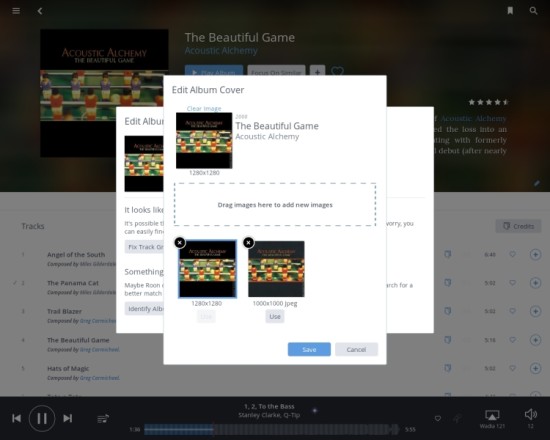
Above: Editing album information, changing cover is easy: select from embedded or retrieved artwork, or drag and drop new artwork onto the window.
The price of admission
The Roon software is free! Well, it’s free during the 14-day free trial, and it’s free after that if you take out a membership that comes in two flavors. Option 1 is the annual membership at $119 USD per year. Option 2 is a lifetime membership for $499 USD. Both options come with complete Roon data service, music managing possibility for one PC or Mac, and unlimited amount of remote devices )Mac/PC/Tablet). Considering that one will likely use the software longer than 5 years, going with the lifetime options seems like the best option. While 499 USD might seem like a lot of money, please consider that for this you buy *unlimited* endpoint and remote possibilities. Try that with any of the competitor’s products!

Conclusion
When reading all that I am explaining about Roon’s functionality it might seem complicated, but believe me when I say that it is all implemented so very intuitively, that anyone can find his or her way from the very get-go. The interface is clean yet colorful and full of information, making it both easy and fun to dive in and explore your music collection. It’s said that it is very hard work to make something very simple, but Roon has definitely succeeded!
Features like Focus, as well as the extensive search-ability as described above, are made possible by the way that Roon manages their database, which by the way is constantly updated. For example, photos and bios of artists change as the artist ages, and the date of birth is accompanied by a date of passing away, where applicable. And all this is where the subscription model comes in. The power of Roon is made possible by means of a twofold system: first, it’s the smart software that you can download and install on any Mac or Windows computer, and second, it is the extensive library services and cloud-based database behind it.
Importantly, Roon understands how important it is to retain the ID3 tags as you have them. Any edits you make are non-destructive and saved to your unique personal profile, but because Roon uses a multilayered system to catalog your music, and your edits are added to the central database, the system is ever-growing and ever-improving.
I have extensive experience with Sooloos and although that system has rightfully been the industry standard for many years, I can wholeheartedly say that Roon takes what is good about Sooloos, and adds hugely to it, making it what well could be the next industry standard.
Update November 2015
All reviewing so far was done using the first commercial Roon release. Since writing this review, lots has happened on the Roon front: several software updates have been issued, bringing countless added features, bug fixes, new hardware support and iPad control. Also, Roon is working closely with several hardware manufacturers to bring native Roon support. The known companies at this moment are: dCS, PS Audio, Elac, Auralic, and Meridian. And many will surely follow.
There’s more
This concludes the main part of the review but my reporting on Roon doesn’t stop here. Next up you can read about Roon and 3rd party streaming endpoint products and Roon with Meridian audio equipment.
